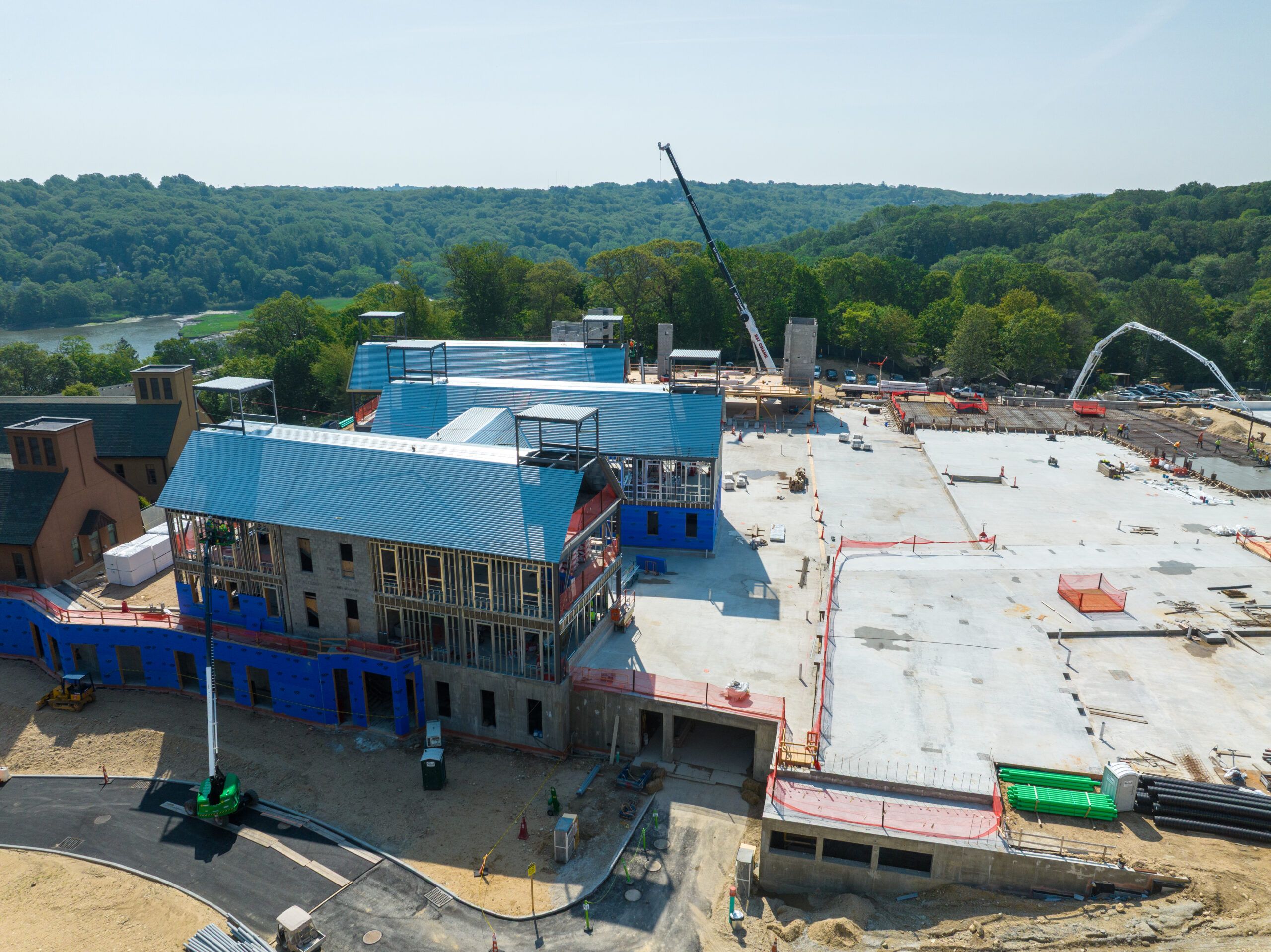Before the first tool is lifted or the first step is taken onto a jobsite, proper safety training can make or break a high-risk project. Whether you’re working with hazardous chemicals, entering a confined space, or operating heavy machinery, the risks and consequences of being unprepared are real. OSHA doesn’t just recommend training for high-risk work; it requires it. But here’s the catch not all training is created equal, and not every worker needs the same course. In this post, we’re breaking down exactly what safety training is required before the job begins, who needs it, and why skipping it isn’t just dangerous it’s a regulatory red flag.
What Makes a Project High-Risk?
A project is considered high-risk when it involves conditions or tasks that significantly increase the likelihood of injury, illness, or even death if proper precautions are not taken. OSHA defines high-risk work based on specific hazards, such as exposure to hazardous materials, confined space entry, work at elevated heights, or operations involving heavy machinery. These activities require strict controls, specialized training, and competent supervision to ensure worker safety.
For example, handling chemicals without proper protective measures can lead to respiratory issues or burns, while working at heights without fall protection can result in fatal accidents. Confined spaces pose risks like oxygen deficiency and toxic atmosphere, making them particularly dangerous. High-risk projects are common in the construction and manufacturing industries, which is why OSHA mandates specific safety standards and training for such jobs. Understanding what makes a project high-risk helps employers prepare and protect their teams before work begins.
Core Safety Training Requirements before Starting the High-Risk Projects
Core safety training lays the foundation for protecting workers on any high-risk project. These are the essential courses and topics that every worker must understand before setting foot on a jobsite. Here’s a breakdown of the key areas:
Hazard Communication (HazCom):
OSHA’s HazCom Standard ensures that workers are informed about the hazardous chemicals they may encounter. This training covers reading labels and Safety Data Sheets (SDS), understanding chemical hazards, and properly storing and handling substances. It empowers workers to protect themselves and others through informed actions.
Personal Protective Equipment (PPE):
PPE training teaches workers to select, use, and maintain protective gear like gloves, goggles, hard hats, respirators, and high-visibility clothing. Proper use of PPE is critical for preventing injuries from exposure to physical, chemical, or biological hazards.
Emergency Response Training:
Workers must know what to do during a fire, chemical spill, medical emergency, or natural disaster. This training includes evacuation procedures, first aid basics, spill containment, and crisis communication protocols.
Fall Protection
Falls are a leading cause of death in construction. Fall protection training covers how to use harnesses, guardrails, safety nets, and fall arrest systems. It also includes hazard recognition and rescue planning for working at heights.
Lockout/Tagout (LOTO):
LOTO training ensures workers know how to safely de-energize and secure machinery during maintenance or repair. It prevents accidental startups that could cause severe injuries or fatalities.
Each training area plays a vital role in preventing accidents and ensuring a safer workplace.
Specialized Training Based on Job Duties
In addition to core training, high-risk projects often require specialized safety training based on the specific duties and environments workers are exposed to. These programs dive deeper into hazards that demand advanced knowledge and strict compliance.
HAZWOPER for Hazardous Waste Operations:
Required under OSHA’s 29 CFR 1910.120, HAZWOPER training is essential for workers involved in cleaning up, treating, or disposing of hazardous waste. It covers chemical hazards, PPE, emergency procedures, decontamination, and site safety plans. Workers may need 24-hour or 40-hour training plus annual refreshers, depending on the job.
Confined Space Entry:
Working in tanks, tunnels, manholes, or any restricted area with limited entry and exit poses serious risks, including a toxic atmosphere, engulfment, or asphyxiation. Confined Space Entry training teaches workers how to test air quality, use entry permits, communicate effectively, and conduct rescues safely.
Scaffolding and Ladder Safety:
Falls from elevated surfaces are a leading cause of serious injuries. This training focuses on choosing the right equipment, proper setup and inspection, securing ladders and scaffolds, and safe climbing techniques to prevent falls and structural failures.
Electrical Safety (NFPA 70E):
Electrical work poses arc flash and shock hazards. NFPA 70e training prepares workers to assess risks, wear proper arc-rated clothing, de-energise circuits, and follow lockout/tagout procedures specific to electrical systems.
Respiratory Protection:
Respiratory protection training is mandatory for tasks involving dust, fumes, gases, or insufficient oxygen. Workers learn how to select, fit, use, and maintain respirators based on the specific airborne hazards they face.
These specialised trainings ensure workers are fully prepared for the unique risks of their roles.
Importance of Refresher Training & Documentation
Safety training isn’t a one-and-done deal—especially on high-risk projects. As regulations evolve and jobsite hazards shift, refresher training is critical to keeping workers sharp, aware, and compliant. OSHA requires periodic refreshers for many types of training, such as annual HAZWOPER updates, respiratory protection fit testing, and first aid/CPR certifications. Even if it’s not legally required, regular training helps reinforce best practices and prevents complacency.
For example, a worker who completed fall protection training two years ago may have forgotten how to properly inspect a harness or anchor system. A quick refresher could prevent a fatal mistake. Supervisors should build routine safety briefings or scheduled training renewals into the workflow to prioritize safety.
The Bottom Line:
Safety training isn’t just a box to check; it’s your frontline defense against life-changing accidents. From core topics like HazCom and PPE to specialized training for confined spaces or hazardous waste, each training program equips workers to confidently handle real risks. Add in regular refreshers and solid documentation, and you’re not just meeting OSHA standards, you’re building a culture that values every life on the jobsite. Because when safety comes first, everyone goes home.











